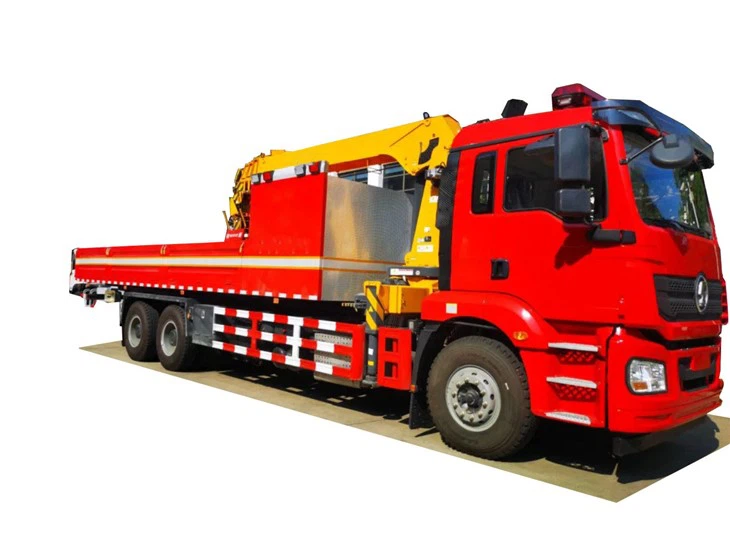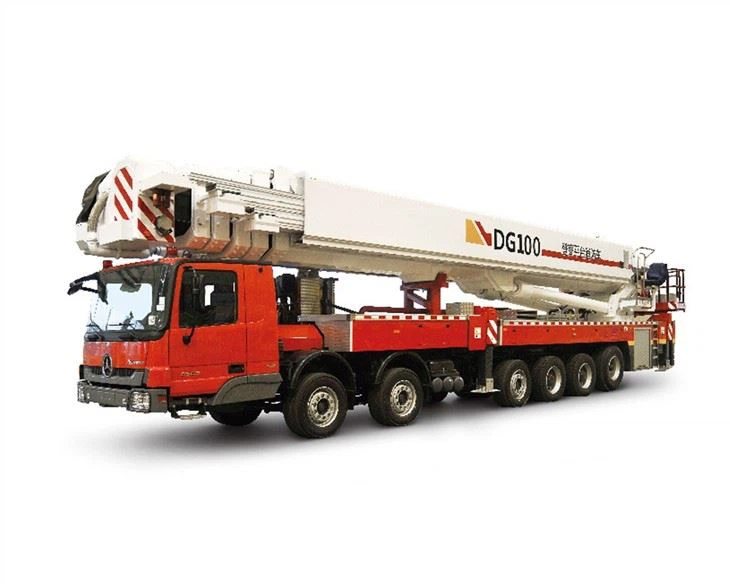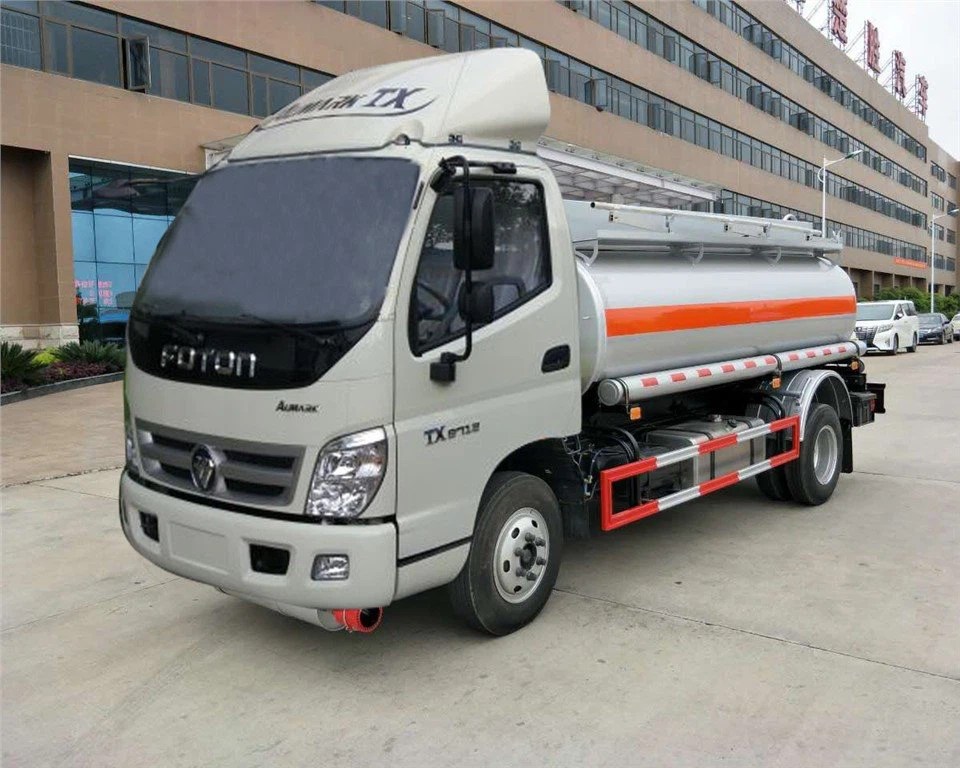Understanding the Trash Truck Hopper: A Comprehensive Guide

The trash truck hopper is an essential component in waste management and recycling operations. It serves as the primary entry point for collected materials, facilitating the efficient loading of waste into the truck. In this article, we will explore the various aspects of trash truck hoppers, their designs, functionalities, benefits, and their vital role in keeping our communities clean. Whether you are a waste management professional, a municipal planner, or a resident interested in understanding more about local waste collection systems, this guide aims to provide you with a complete overview of the trash truck hopper.
What is a Trash Truck Hopper?
A trash truck hopper is the part of a garbage collection vehicle where waste materials are deposited before being compacted and transported to a landfill or recycling facility. Typically located at the rear of the truck, the hopper is designed to handle various types of waste safely and efficiently. The structure and size of the hopper can vary depending on the truck’s design and the needs of the waste collection service.
Types of Trash Truck Hoppers
Trash truck hoppers come in several designs, each suited to specific waste collection needs. Here are the most common types:
1. Rear Loader Hoppers
Rear loader hoppers are designed for manual loading, where workers lift bags or bins and drop them into the hopper from behind the truck. This type is commonly used in residential waste collection due to its straightforward design and ease of use.
2. Side Loader Hoppers
Side loaders feature a hopper located on the side of the truck. These are typically operated via hydraulic arms that pick up containers, making them ideal for urban environments with narrow streets. These hoppers can save time and reduce manual labor.
3. Front Loader Hoppers
Front loaders have a separate loading mechanism at the front of the truck, designed for large dumpsters found at commercial establishments. The hopper is located just behind the front loading attachment, allowing for efficient collection of bulky items.
Key Components of a Trash Truck Hopper
The structure of a trash truck hopper consists of several vital components that work together to facilitate waste collection:
1. Hopper Mouth
The hopper mouth is the opening where waste is deposited. Its size and shape can vary, accommodating various waste types, from small bags to large containers.
2. Compaction Plate
This plate helps compress the waste as it enters the hopper, allowing for maximum storage capacity, which is crucial for reducing the number of trips to the landfill.
3. Hydraulic System
Many modern hoppers are equipped with hydraulic systems that assist in lifting and compacting the waste, improving efficiency and reducing the physical strain on operators.
4. Safety Features
Safety is paramount in waste collection. Most hoppers include safety mechanisms, such as emergency stop buttons and safety shields, to protect operators during loading and compacting processes.
The Importance of Hopper Design
The design of the trash truck hopper significantly impacts the efficiency of waste collection operations. Here are some design considerations:
1. Capacity Design
A well-designed hopper is crucial for maximizing capacity without overloading the truck, which can cause mechanical issues. Engineers often calculate the optimal size based on the expected volume of waste.
2. Material Strength
Hoppers must be constructed from durable materials to withstand the weight and nature of the waste being collected. Common materials include high-strength steel and reinforced plastics, which ensure longevity and reduce maintenance costs.
3. Ergonomics
Designers must consider the ergonomic aspects of the hopper to minimize physical strain on workers. Features like adjustable heights and optimal angles aid in reducing the lifting burden during manual loading operations.
Benefits of Efficient Trash Truck Hoppers
Investing in efficient trash truck hoppers can yield several benefits for waste management services:
1. Increased Efficiency
A well-designed hopper allows for quicker loading times, resulting in fewer operational delays and more timely waste collection services.
2. Enhanced Safety
Modern hoppers incorporate various safety features that protect workers, reducing the likelihood of accidents and ensuring compliance with safety regulations.
3. Cost Savings
By optimizing waste collection through better hopper design, municipalities can save on fuel and operational costs by requiring fewer trips to waste disposal sites.
4. Environmental Impact
Efficient hoppers can help minimize litter and improve recycling rates by ensuring that a larger volume of waste is collected and transported properly, thereby reducing the environmental footprint of waste collection activities.
Maintenance Tips for Trash Truck Hoppers
1. Routine Inspections
Conduct regular inspections to check for signs of wear, corrosion, and damage. Inspect hydraulic systems, compaction mechanisms, and safety features to ensure they are functioning correctly.
2. Cleaning
After each collection day, thoroughly clean the hopper to remove any residual waste. This practice prevents odor build-up and decreases the likelihood of pests becoming attracted to the vehicle.
3. Lubrication
Keep moving parts lubricated to reduce friction and prolong the service life of the components. Regularly check hydraulic fluid levels and replace them as needed.
4. Addressing Issues Promptly
If any issues are detected during inspections, address them immediately to prevent more significant problems that could result in costly repairs or downtime.
Technological Advancements in Trash Truck Hoppers
Technology continues to evolve, leading to innovations in trash truck hopper design and functionality. Some noteworthy advancements include:
1. Smart Hoppers
Some modern hoppers are equipped with smart sensors that monitor fill levels and operational efficiency. This technology can provide data to optimize collection routes and schedules.
2. Automated Systems
Automation is becoming increasingly common, with some hoppers featuring robotic arms and advanced compaction systems that reduce the need for manual labor. These systems can significantly enhance operational efficiency.
3. Sustainable Materials

Many manufacturers are also focusing on using sustainable and recycled materials in the construction of hoppers, which helps reduce the environmental impact of waste collection vehicles.
Case Studies of Successful Hopper Implementations
Examining successful implementations of trash truck hoppers can provide insights into best practices in the industry. The following case studies highlight municipalities that have effectively utilized innovative hopper designs:
1. City of Denver’s Automated Side Loader Implementation
In 2021, Denver’s waste management department introduced automated side-loader trash trucks equipped with advanced hoppers, leading to a 30% reduction in collection time while enhancing safety for operators. By reducing manual labor, workers reported fewer injuries, and the city saved on fuel costs.
2. San Francisco’s Smart Hopper System
San Francisco integrated smart sensors into their trash truck hoppers, allowing them to monitor fill levels in real-time. This innovation allowed the city to optimize their collection routes, reducing unnecessary pickups and conserving resources.

3. New York’s Retrofits for Improved Efficiency
New York City retrofitted its existing trash trucks with larger rear loader hoppers and improved compaction technology. The changes led to a significant increase in the amount of waste collected per trip, reducing the frequency of collections in busy commercial areas.
Future Trends in Trash Truck Hopper Design
As waste management continues to innovate, several trends are emerging in the design of trash truck hoppers:
1. Eco-Friendly Designs
With increasing awareness about environmental issues, manufacturers are focusing on creating eco-friendly hoppers using sustainable materials and practices.
2. Data-Driven Operations
As sensors and IoT technology become more prevalent, expect to see a rise in data-driven operations. Hoppers will play a key role in gathering data that can be used for analytics, revealing insights on waste patterns and improving collection efficiency.

3. Customization Options
More companies are expected to offer customizable hoppers designed to meet specific local needs, ensuring that waste management is tailored to the unique requirements of different municipalities and commercial operations.
FAQs About Trash Truck Hoppers
1. What is the typical capacity of a trash truck hopper?
The capacity of a trash truck hopper can vary widely, but most standard hoppers typically have a capacity ranging from 10 to 30 cubic yards.
2. How often should trash truck hoppers be maintained?
Regular maintenance should occur every few weeks, with more in-depth inspections scheduled quarterly. However, highly used trucks may require more frequent checks.
3. Are there environmentally friendly hoppers available on the market?
Yes, many manufacturers now offer hoppers made from recycled materials or designed with eco-friendly features that reduce their carbon footprint.
4. Can automated hoppers replace manual labor completely?
While automated hoppers can significantly reduce the need for manual labor, many waste collection operations still require a human presence for safety and efficiency, especially in densely populated areas.
5. How does compaction affect waste collection?
Compaction increases the density of the waste, allowing more materials to be stored in the hopper. This results in fewer trips to disposal sites and reduces operational costs.
6. What are some common issues with trash truck hoppers?
Common issues include hydraulic system leaks, wear and tear on compaction mechanisms, and clogs from bulky waste materials. Regular maintenance and proper handling can minimize these problems.
